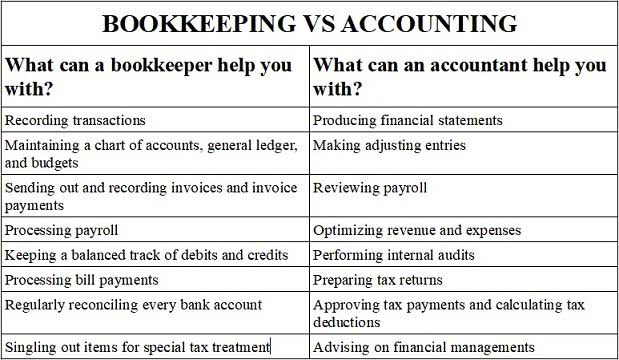
Menu

A positive number on the income articulation demonstrates that the business has gotten cash. A Negative figure demonstrates the business has paid out capital to investors or is taking care of long-term debt. Through Accounting for Churches financing activities, Company ABC increased its equity, decreased its debt, and paid just under half of the difference to ownership. These facts will reveal whether Company ABC managed its capital effectively when combined with the goals and circumstances of the business.

A company that generates positive cash flow from financing activities is in good financial health. To analyze cash flow financing, the trends showing up in an organization's balance sheet and separate cash outflows from cash inflows need to be considered. If equity capital increases over a period, it demonstrates extra issuance of shares, which means cash inflow. Then again, in the event that equity capital reduces over a period, it suggests share repurchase, which is a cash outflow. Cash flow from financing activities (CFF) is a section of a company’s cash flow statement that shows the net flows of cash that are used to fund the company.


It’s one of the three sections on a recording transactions company’s statement of cash flows, the other two being operating and investing activities. Financing activities are transactions involving long-term liabilities, owner’s equity and changes to short-term borrowings. The cash flow from financing activities (CFF) is part of a company’s cash flow statement.

Investing activities deal with cash flow from financing activities buying or selling long-term assets or investments. These examples show how financing activities are key for both everyday operations and long-term plans. They impact not just cash flow but also a company’s growth, debt management, and value to shareholders.
As well as the change in equity (issuance of new equity minus repurchase of equity), and subtract dividends paid. The financing section of a cash flow statement details money coming in and going out. It goes out when paying back loans, buying back shares, or giving out dividends. By looking at this, we can understand how a company deals with debt, equity, and dividends.
These transactions are normally part of a long-term growth strategy and hence affect the long-term assets and liabilities of the firm. Financing activities are transactions that result in changes in the size and composition of the equity capital and borrowings of the entity. They include activities such as issuing shares, borrowing loans, and repaying debt.